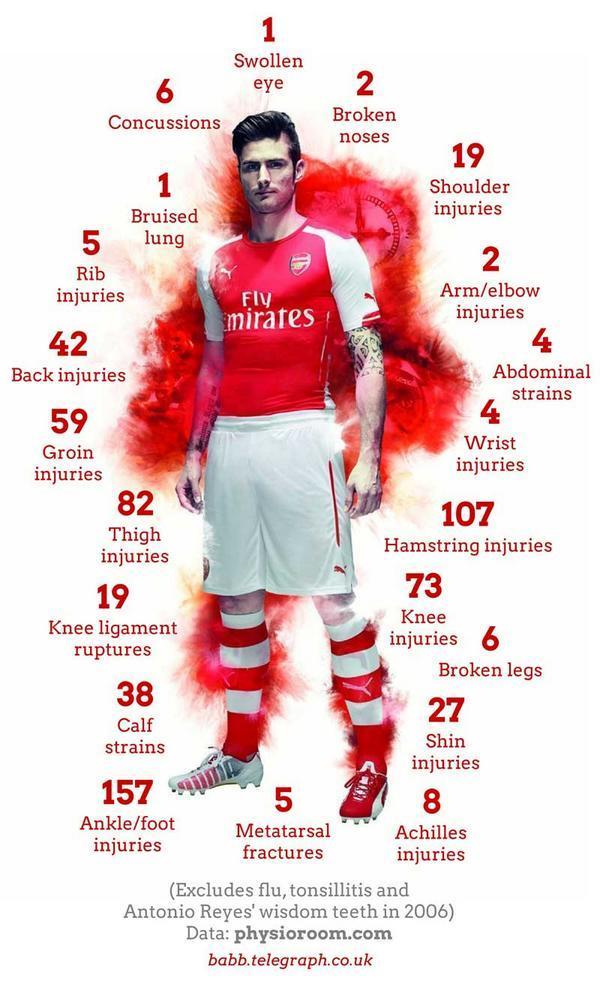
Our Introduction, Advanced, Guided Injection and Mentorship programmes are popular with sports physicians, physios, radiologists, surgeons and A&E consultants. They value the practical element, interaction with others in sports medicine and close tutor supervision, combined with the emphasis on relating MSKUS to clinical decision making.
In our experience however, clinicians involved with professional sports and athletics can find it difficult to plan and attend these courses due to their club commitments which can change at short notice.
So on-site training has proven to be a popular alternative and it is tailored to your specific needs.
Why on-site ultrasound training:
1. Arrange a date that sites your team. Save travelling time and hotel costs.
2. Tailored teaching programme; we teach you at your level, beginner, advanced or somewhere in between. Course content is specific to football injuries and RTP decisions. Learning resources and pre-course reading provided.
3. Train with your colleagues, it’s a team effort.
4. Get trained using your own ultrasound machine and learn how to get the best out of your scanner.
5. Plenty of scanning time - ultrasound imaging is a practical skill. We focus on closely supervised practical teaching in small groups.
6. You can invite some players to review injures with the tutors or to model.
Why use SMUG training:
1. We already do on-site training at football clubs
Our on-site ultrasound training courses have recently included doctors and physios at the FA, Liverpool and Everton, and we have welcomed many from other football clubs, the RFU and British Athletics on our courses.
2. We specialise in sports medicine
We recognise that ultrasound imaging in sports medicine is a specialism within general MSK radiology and ultrasound. Ultrasound imaging should be seen as an extension of clinical assessment and we are passionate about teaching clinicians to make it part of their daily clinical assessment.
3.We have experience
We have developed our own training programmes and have successfully trained clinicians nationally and internationally over many years.
4. You get taught by the best
Our faculty has some of the most experienced MSK US clinicians in the UK.
We have also taught many non-faculty clinicians who currently teach on other courses.
5. We teach you the latest in diagnosis and treatment strategies
We work closely with the leading experts in MSK imaging. They join us for special events throughout the year such as:
Dr. Carles Pedret - FC Barcelona-based muscle and tendon injuries expert in football.
Prof. Jon Jacobson- MSK Radiology pioneer and legend.
Dr. Noel Pollock - Who introduced the British Athletics muscle injury classification system.
Mr. Len Funk - Shoulder surgeon to professional sports people.
6. We only use the best
GE Healthcare provides the gold standard for MSK ultrasound imaging in sports medicine. From the portable LOGIQe, to raising the standard with the E10. We teach you using their machines.
Most popular topics for on-site football training are:
1. Sonoanatomy of lower limb muscles and tendons and how to recognise and grade the injuries.
2. Sonoanatomy of lower limb muscles and tendons and how to recognise and grade the injuries.
3. What can ultrasound imaging visualise that makes a difference in injury management?
4. Guided procedures - What works, what is new, what to avoid.
Stages of competence in MSK ultrasound
The journey to become competent in MSK ultrasound takes time and effort, but it will make you a better clinician; no injury will ever be the same again!
We have divided the learning experience into stages
1. Ultrasound machine settings and knobology
1b. Sonoanatomy
Recognise how normal tissue appears using ultrasound imaging (and evaluate the spectrum of what is normal). Be prepared to improve your MSK anatomy knowledge.
2. Recognise tissue changes in trauma and injury and classify them in severity
This is very important because a prompt, detailed, accurate diagnosis forms the basis for any successful treatment in sports medicine.
3. Recognise all stages of tissue healing using ultrasound imaging and identify any complications early
3b. Correlate ultrasound to other imaging (MRI, CT & X-Ray)
4. Fully integrate imaging in your clinical decision making throughout the recovery
4b. Guided procedures
By Robert Laus
Head of Faculty
At SMUG we are passionate about musculoskeletal ultrasound in sports medicine.

Contact us if you have any queries. robert@ultrasoundtraining.co.uk or visit www.ultrasoundtraining.co.uk